Well, folks – the 2016 blossom show is over at Rhododendron State Park. I did not see a single bloom this week. There is lots of evidence of a very dry spell – is it a drought? Not really, but dry enough to affect all those plants with shallow root systems. But wait a minute – don’t all members of the Heath family (including rhododendrons) have shallow root systems? The answer is yes, but such a grove has literally hundreds (perhaps thousands) of miles (yes miles) of small “capillary” roots that can draw in just about enough moisture to survive a dry spell – not to mention mycorrhizae (a symbiotic combination of plant roots and underground fungi that results in a farther reach for moisture to the plant and nutrients given to the fungus by the plant). The large size of this grove may also be an advantage during a dry spell because of the large mass of roots that can store water. It is clear everywhere around, though, that the dry weather is taking its toll on the plant world.
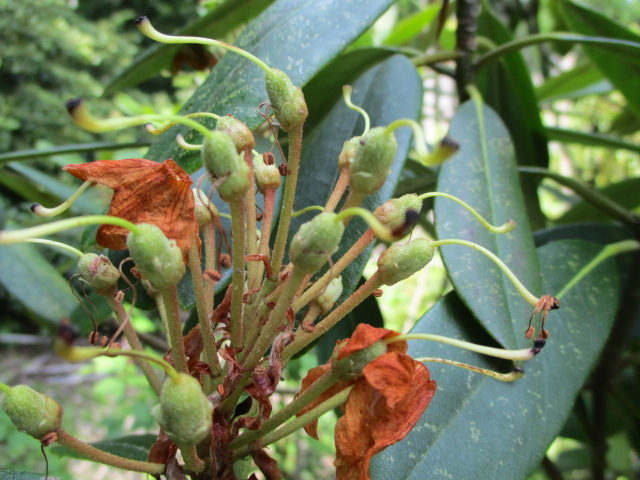
I have included a rather fuzzy (sorry about that) photo of an orchid in the grove that is pretty much past its bloom season. It is Epipactis helleborine – a rather weedy plant that was intentionally brought here from Europe as a garden plant. It is exotic, but is it invasive? Certainly not in the rhody grove. Perhaps in other places, though. Considering that it has been here for over 100 years, it does not seem to be invasive in New England.


Many plant views will benefit greatly from the use of a magnifying glass – this orchid is one of them – it has beautifully classic orchid type flowers that are very small.

If my theory is at all accurate, this so far very dry summer will have an effect on next year’s bloom count. There are some recently formed flower buds that could potentially be next year’s flowers if they are vital enough now and if they make it through the winter. It can be risky being so dependent on the weather. But, many plants have evolved to be tough enough to flourish even in the stress that this temperate region can bring with all its wildly fluctuating heat, cold and moisture. I better stop now before I digress any more…
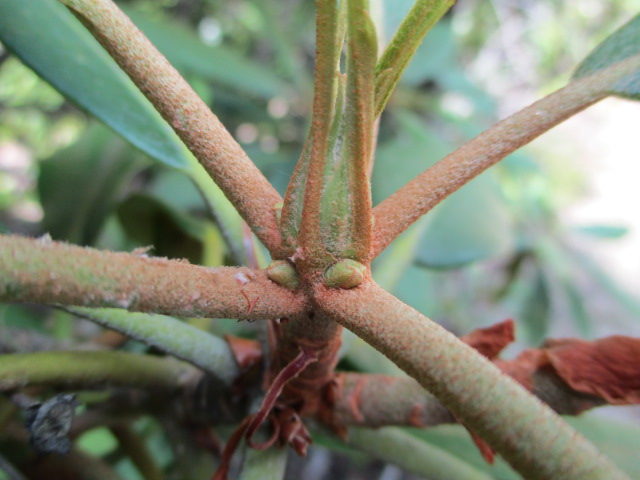
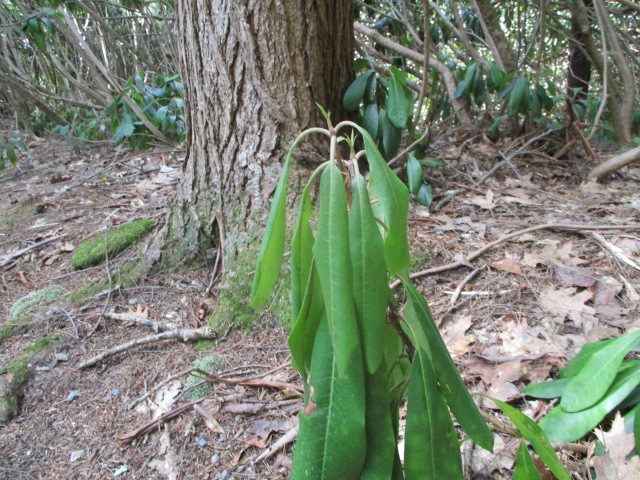
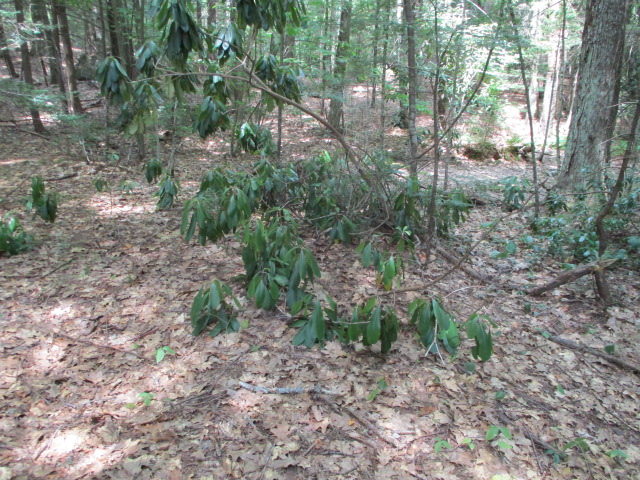
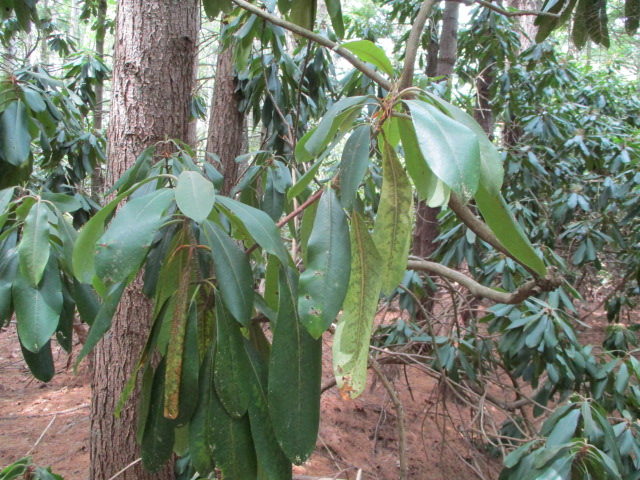
Until next week (which may be the last “Bloom Report” for 2016)

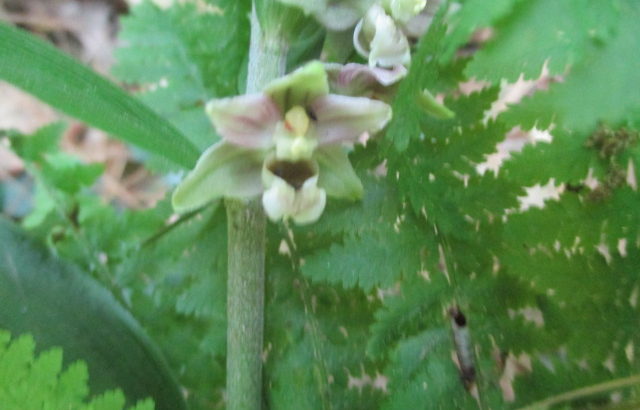
You missed ”Checkered Rattlesnake Plantain”, orchid…since we photographed the plant a couple of weeks ago in scape / bud stage, it presumably has flowered